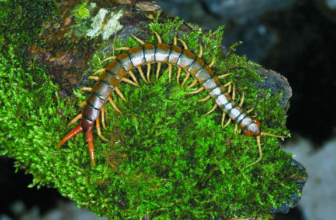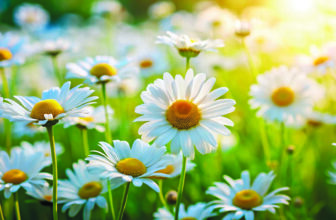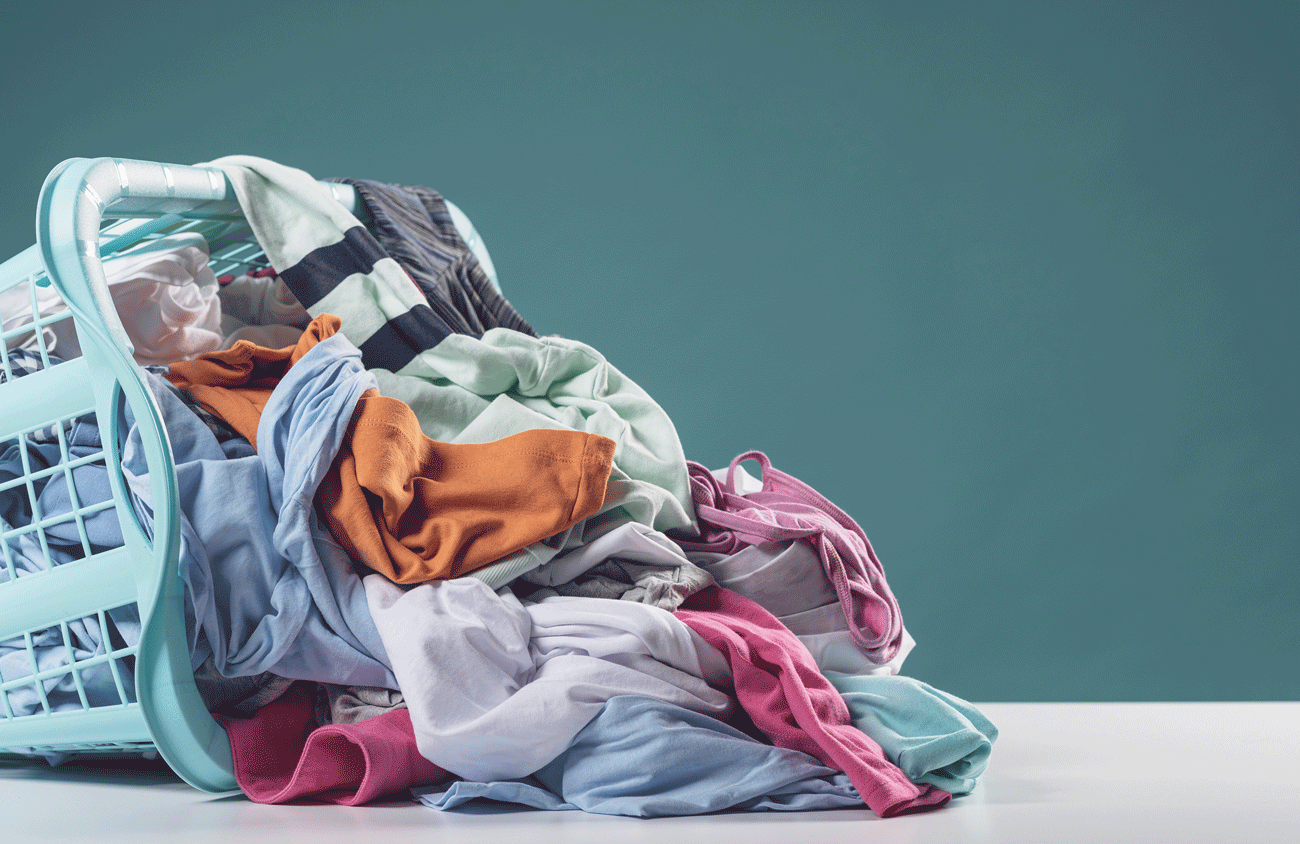
by Sharon Duggan
I hope that everyone had a lovely Christmas and New Year break (although “break” is an optimistic word for those of us doing the cooking, clearing and hosting!). Once it’s all over and I start working again, I inevitably get that itchy feeling (not literally) to start spring cleaning/clearing.
One of the things I’ve been doing for the past couple of years might be of interest to you – and it uses eco-friendly ingredients. It’s called laundry stripping – and oh my goodness, it’s wonderful and works like magic….
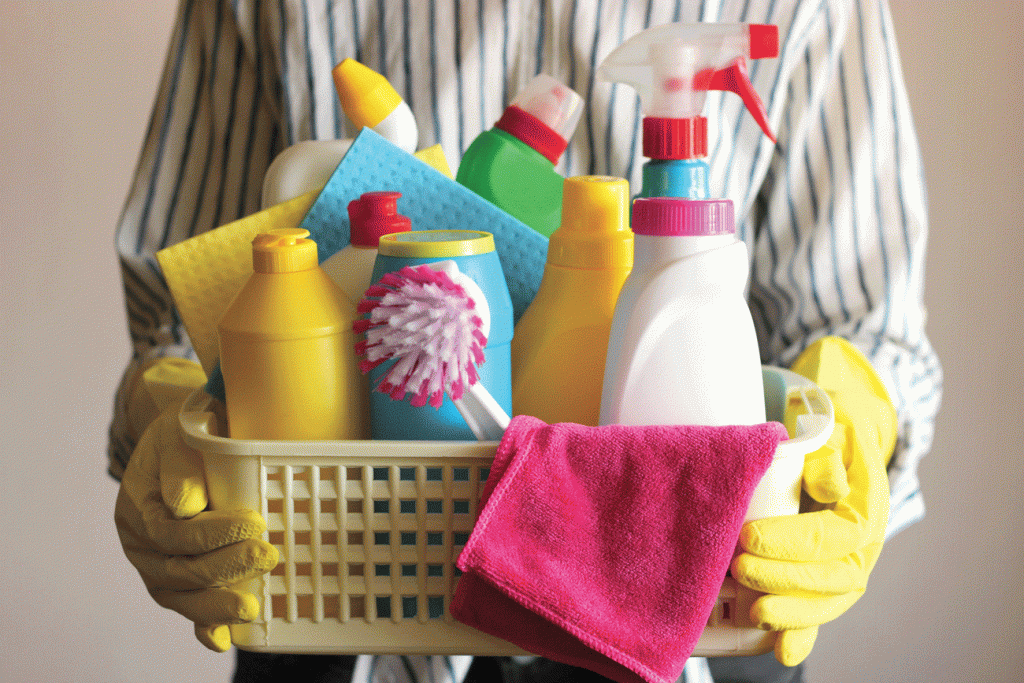
I think we’ve all found that over time, despite using laundry powder or detergents (and for some people, also fabric conditioners), they cause a product build-up and then, no matter how many times you wash things, they just don’t reach the same clean look that they used to have.
I must admit that I was a bit worried the first time I tried laundry stripping, so initially tried it on some old towels. What you do is this:
Fill a bath with hot water (I don’t actually FILL the bath, it’s usually just up to about half full) and then add a 1:1:2 ratio of:
- borax 1 cup
- washing soda 1 cup
- washing detergent 2 cups and stir in so it’s all dissolved (obviously you can use an ordinary detergent but it’s much better for the planet to use an eco-friendly one. If you think it’s costly, it’s very easy to make your own – I’ve included the recipe I use below and it makes a lot!)
- add the towels and then leave them until the water goes cold (I usually leave stuff overnight). At my first attempt, it was quite extraordinary just looking at what was happening as the water turned a really dirty colour (these were “clean” towels I hasten to add!) and once the water was cold, it had gone a dark brown colour.
- You then put the towels into the washing machine on a rinse and spin cycle – or on a low temperature wash but WITHOUT washing powder/liquid.
I’m not joking when I say that the towels came out a completely different colour – it was quite remarkable.
I was so excited by this that I then did the sofa cushions on my larger sofa. The covers were made by a friend (she does it for a living) and were Laura Ashley cotton covers so I was careful to check the temperature of the water before putting them in the bath (obviously with a fresh concoction!). I basically went with the same temperature that my washing machine uses for delicates. The difference again was amazing – they look like new again. You can laundry strip any fabrics and I for one can thoroughly recommend it!
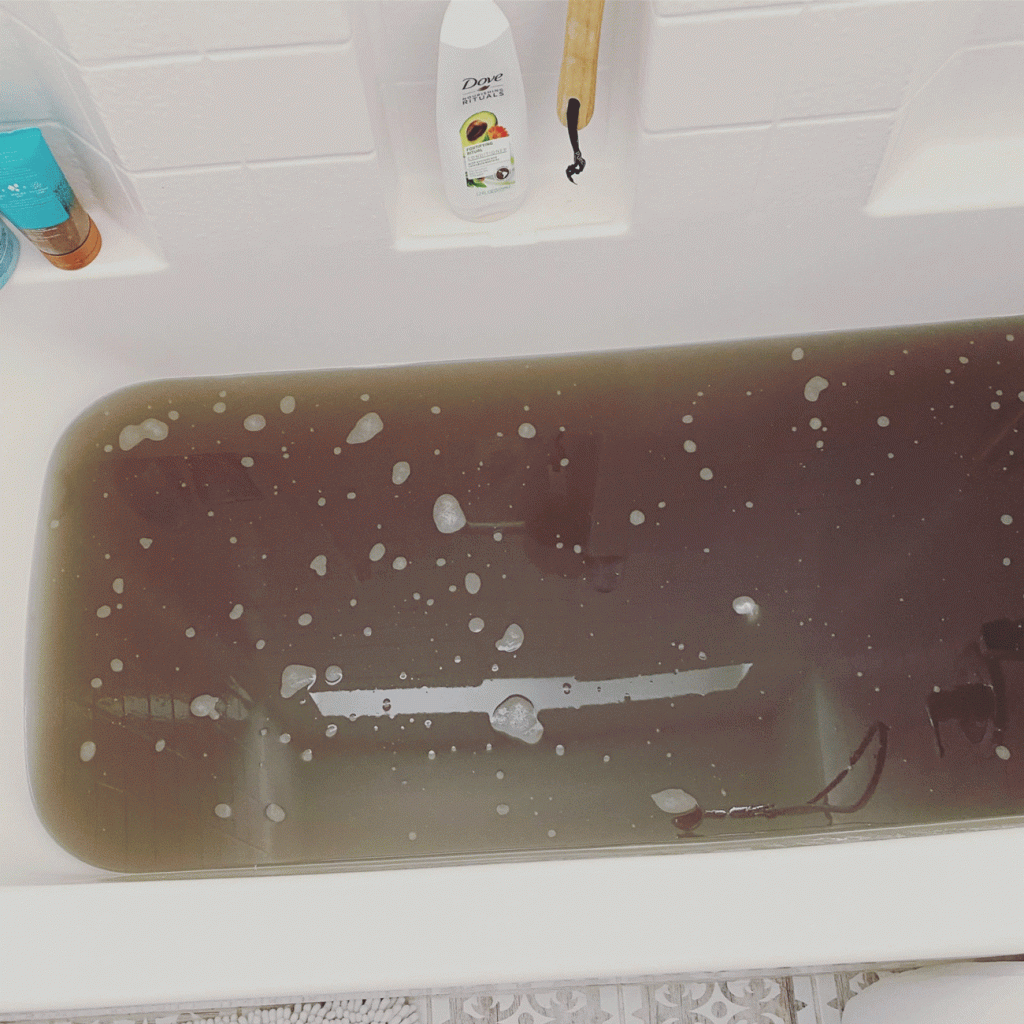
Also, here’s the home-made laundry liquid that I use. I think it costs me roughly a fiver to make an amount that will last one person a whole year, so you can work out how long it will last you depending on how many people are in your household:
HOME – MADE LAUNDRY LIQUID RECIPE
- 8ozs grated soap (or you can use liquid soap – preferably the sort you buy in hardware shops which has no synthetic perfume added)
- 4ozs washing soda
- 4ozs borax
- 8 litres of cold water (you will need a large pan for this!)
Method:
- Add the dry ingredients plus the liquid soap if that’s what you’re using, to a pan with 1.5 litres of the water and heat gently until all the soap has melted (if using grated soap, this is a good way to use up leftover bits of soap bars, which is what I do).
- Add this soapy mixture to the large pan of water and leave to cool.
- Pour into containers (this is the most challenging bit, as you need a lot of containers!). Only fill to about 2/3 full.
- Shake before use.
Handy hint! You’ll need a large jug and I also find a funnel very helpful to pour the liquid into the containers you’re going to use to dispense the liquid. I always shake the liquid before pouring it as the ingredients tend to separate when lying unused for a while. Make sure you mix all the ingredients well together before pouring through the funnel!
Obviously, it’s cheaper and easier to make up a larger quantity so that you don’t have to keep doing it – especially if you have a larger family!
Sharon Duggan
www.facebook.com/howtoliveagreenerlife
www.facebook.com/cranleighclimateaction



